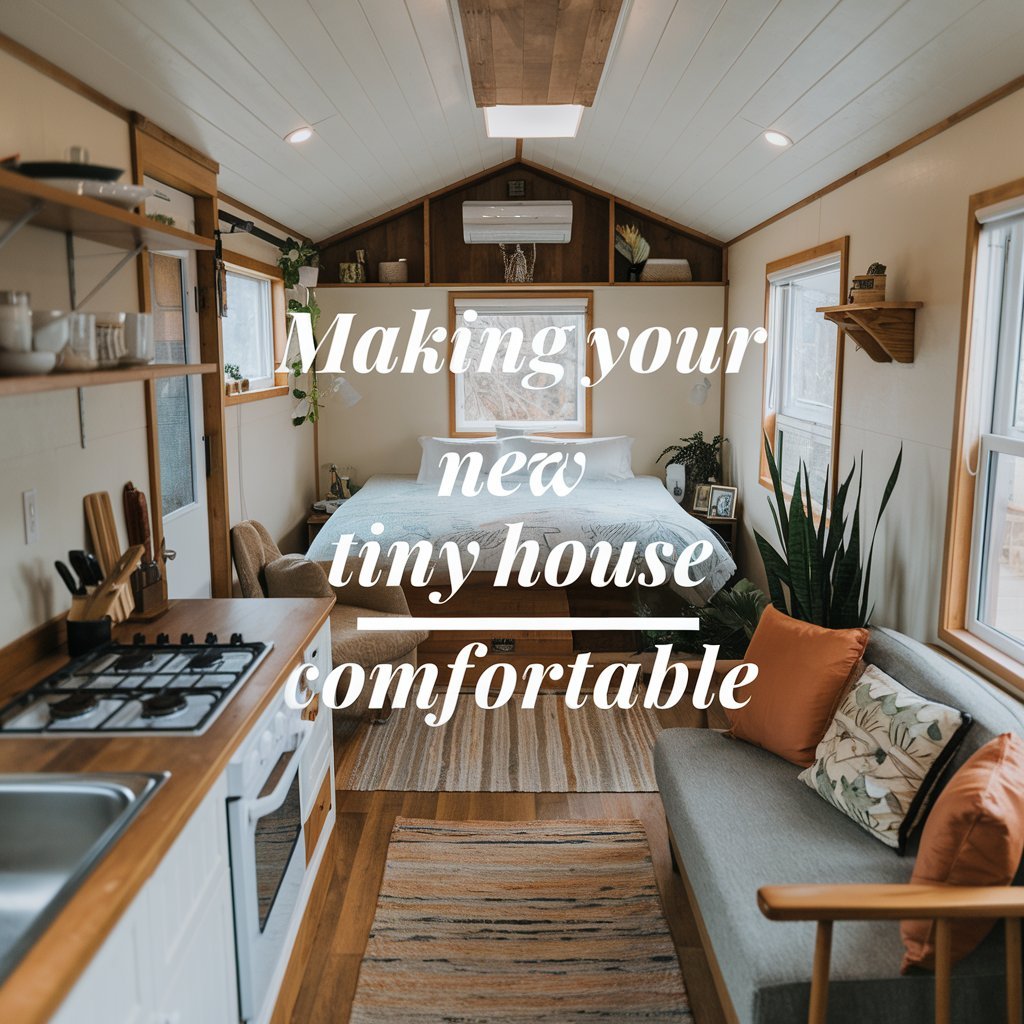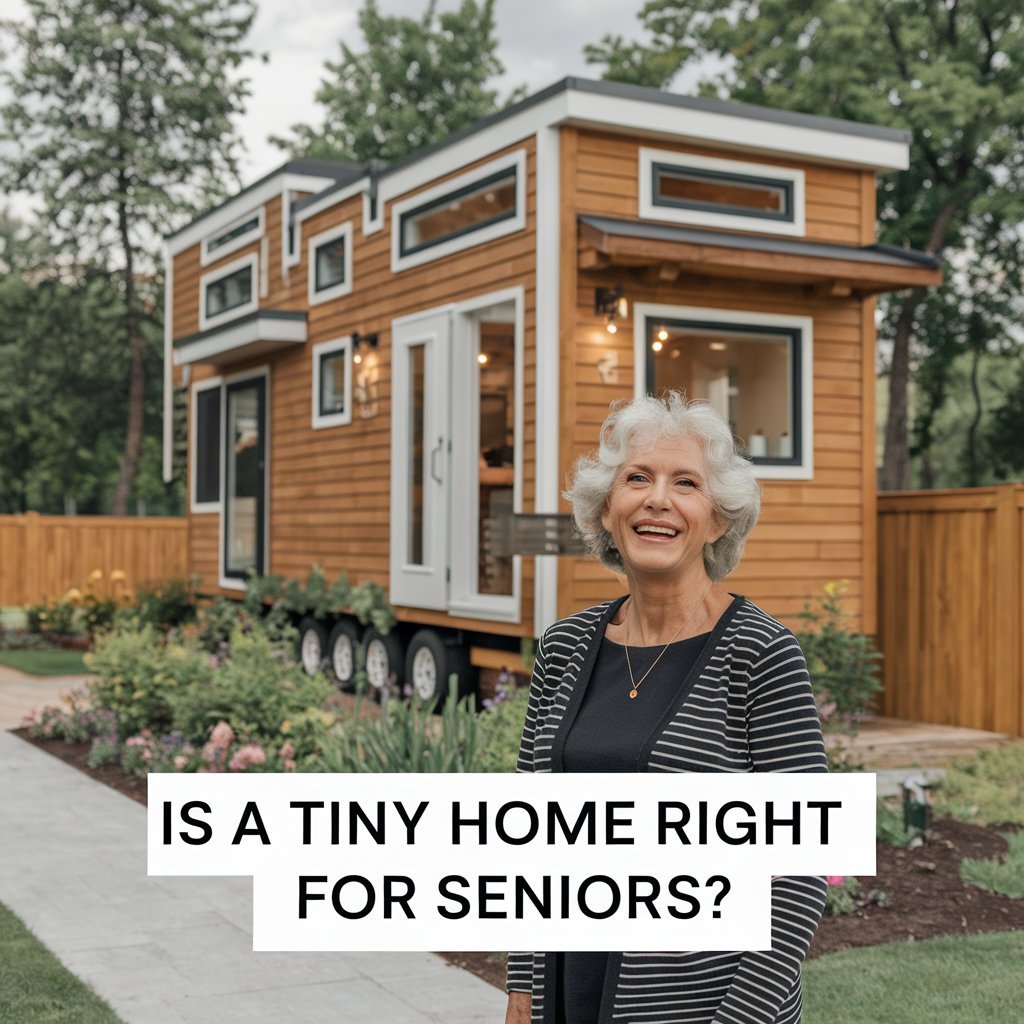The rising cost of traditional housing has many Americans exploring alternative living solutions. Compact dwellings offer financial freedom and flexibility that standard homes often can’t match. This trend has sparked debates about committing to minimalist spaces year-round versus using them as seasonal retreats.
Initial investments for compact homes range between $20,000 and $60,000 – a fraction of conventional mortgage requirements. Lower utility bills and maintenance costs further enhance their appeal. However, adapting to reduced square footage presents unique challenges that vary by household size and personal preferences.
Choosing between permanent residence and occasional use depends on multiple factors. Financial goals, family dynamics, and attachment to possessions all play crucial roles. Some thrive in cozy environments, while others prefer temporary escapes from urban sprawl.
Key Takeaways
- Compact homes cost 80-90% less upfront than traditional houses
- Lifestyle adaptability varies between full-time and seasonal use
- Personal priorities dictate suitability for minimalist living
- Young professionals and empty nesters form core demographics
- Location flexibility remains a key advantage of mobile dwellings
Introduction to Tiny House Living Options
Modern housing innovations are redefining how people interact with their environments. Compact dwellings between 100-400 square feet challenge conventional ideas about space requirements. These structures prioritize intentional design over square footage, creating functional habitats that serve diverse needs.

Understanding the Concept of Tiny Houses
Two primary categories dominate the market: mobile units on trailers and stationary models with foundations. Wheeled versions offer relocation flexibility, while fixed structures often comply with standard housing codes. Construction timelines shrink dramatically compared to traditional homes—some kits assemble in under three weeks.
Energy efficiency stands out as a major advantage. Reduced size means heating and cooling systems work faster, slashing monthly bills. Builders use innovative materials like recycled insulation and solar panels to maximize sustainability.
Full-Time vs. Part-Time Lifestyle Overview
Year-round residents prioritize space-saving furniture and multi-functional layouts. Vacation users might opt for simpler designs with seasonal storage solutions. Storage walls that convert to desks or foldable kitchen counters demonstrate how purpose-driven design adapts to different needs.
Legal considerations vary significantly between permanent installations and movable units. Zoning laws in many states favor temporary dwellings, making part-time arrangements easier to manage for newcomers exploring this lifestyle.
What are pros and cons of living tiny full‑time vs. part‑time?
Choosing between full-time and seasonal tiny house living shapes more than square footage—it redefines life priorities. Year-round residents master space optimization through daily practice, while part-time users maintain traditional home comforts. This fundamental difference creates distinct psychological landscapes and practical realities.

Full immersion in compact spaces accelerates creative problem-solving. Residents constantly reinvent storage methods and develop multi-purpose routines. These adaptations forge resilience but demand ongoing mental energy that occasional users avoid.
Seasonal dwellers benefit from flexibility but face recurring adjustment periods. Each return to the tiny house requires re-learning systems and spatial relationships. This intermittent engagement limits the depth of lifestyle transformation possible through sustained practice.
Key contrasts emerge in three areas:
- Relationship dynamics intensify in permanent compact living
- Financial benefits compound with year-round energy savings
- Personal identity shifts deepen through continuous adaptation
Both approaches teach valuable lessons about consumption patterns and environmental impact. The choice ultimately hinges on individual tolerance for discomfort and commitment to radical simplicity.
Affordability and Cost Considerations
Financial priorities take center stage when evaluating compact living arrangements. Initial investments and recurring expenses differ sharply between permanent and seasonal use, creating distinct economic profiles.

Upfront Savings and Lower Utility Bills
Compact dwellings require 85-90% less initial capital than standard homes. Builders typically spend $20,000-$60,000 versus $300,000+ for traditional properties. This gap widens when factoring in mortgage interest and closing costs avoided through cash purchases.
| Cost Factor | Full-Time | Part-Time | Traditional Home |
|---|---|---|---|
| Average Purchase Price | $45,000 | $52,000 | $295,000 |
| Monthly Utilities | $80 | $110 | $240 |
| Annual Property Tax | $600 | $850 | $3,800 |
Long-Term Financial Impact and Expenses
Year-round residents save $18,000 annually by eliminating rent or mortgage payments. Seasonal users often maintain dual housing costs, reducing net benefits. Both groups face unique hidden expenses:
- Land rental fees ($200-$800/month)
- Specialized insurance policies (+15-30% premiums)
- Zoning compliance upgrades ($2,000-$7,000)
Full-time living accelerates debt payoff timelines by 7-12 years compared to conventional homeowners. Part-time arrangements provide portfolio diversification through rental income potential during vacancy periods.
Space Utilization and Design Efficiency
Innovative design transforms compact areas into functional habitats. Those embracing compact dwellings master space optimization through intentional layouts and strategic storage. This approach turns limitations into opportunities for creative problem-solving.

Creative Storage Solutions and Multi-functional Spaces
Vertical space becomes prime real estate in compact dwellings. Residents install floor-to-ceiling shelves and use stair cavities for hidden compartments. Fold-down desks and convertible beds demonstrate how single items can serve multiple daily functions.
Full-time occupants often customize built-in storage matching their routines. Wall-mounted bike racks and ceiling pot racks keep essentials accessible yet out of the way. Rotating closet systems help manage seasonal wardrobes in tight quarters.
| Storage Feature | Full-Time Approach | Part-Time Approach |
|---|---|---|
| Vertical Storage | Permanent built-ins | Removable hooks |
| Furniture Type | Custom multi-use | Modular components |
| Seasonal Items | Under-floor bins | Off-site storage |
Occasional users face unique challenges with limited space. Frequent transitions between homes can lead to duplicate items or inefficient packing habits. Modular furniture on casters helps adapt layouts quickly for different needs.
Psychological shifts occur through sustained exposure to compact living. Year-round residents report stronger organizational habits and reduced attachment to possessions. Temporary users often maintain clutter thresholds from larger primary residences.
Lifestyle and Community Implications
Embracing compact living reshapes social interactions and personal habits in unexpected ways. Those who adopt this lifestyle often report profound changes in how they approach daily tasks and build relationships. The shift affects everything from morning routines to long-term social connections.

Impact on Personal Growth and Daily Routines
Full-time house living demands constant innovation. Residents master space-efficient cooking methods and develop cleaning systems that take minutes instead of hours. These adaptations often lead to stronger time-management skills and reduced stress about material things.
Part-time users face different challenges. Switching between homes disrupts habit formation, requiring mental adjustments with each transition. Many maintain dual sets of essentials, which can complicate minimalist goals but preserves traditional life comforts.
| Routine Aspect | Full-Time Residents | Part-Time Residents |
|---|---|---|
| Meal Preparation | Optimized kitchen workflows | Duplicate cooking tools |
| Clothing Storage | Capsule wardrobes | Seasonal item rotation |
| Social Planning | Community-focused events | Split between groups |
Building a Supportive Tiny House Community
The living tiny movement thrives through nationwide networks. Annual festivals like Tiny House Jamboree connect enthusiasts, while online forums answer technical questions. These spaces help newcomers navigate zoning laws and design challenges.
Family dynamics intensify in compact spaces. Shared activities replace solitary screen time, fostering deeper bonds. However, limited privacy requires clear communication strategies to prevent friction over personal things.
Full-time advocates often mentor others through relocation processes. Part-time participants benefit from flexible involvement—attending workshops without full commitment. Both groups reshape traditional notions of house living through their unique contributions.
Environmental Impact and Sustainability
Minimalist habitats offer ecological benefits beyond financial savings. Compact dwellings demonstrate how intentional design reduces resource consumption while maintaining comfort. These structures challenge traditional housing models through innovative environmental stewardship.

Reduced Carbon Footprint and Energy Consumption
Tiny homes slash energy use by 40-60% compared to standard houses. Their compact size requires less power for temperature control—a 200 sq ft space heats 80% faster than conventional homes. Full-time residents maximize these benefits through year-round low-energy habits.
| Sustainability Factor | Full-Time | Part-Time |
|---|---|---|
| Annual Energy Use | 4,200 kWh | 7,800 kWh |
| Carbon Footprint | 3.1 tons | 5.9 tons |
| Water Consumption | 18 gal/day | 32 gal/day |
Eco-friendly Building Materials and Practices
Construction choices amplify environmental advantages. Many builders use reclaimed barn wood and recycled denim insulation—materials that would otherwise fill landfills. These methods reduce waste during the building phase by 72% compared to traditional home projects.
Advanced systems separate full-time enthusiasts from occasional users:
- Solar arrays power 90% of off-grid setups
- Composting toilets save 6,600 gallons yearly
- Rainwater collection meets 75% of household needs
Seasonal dwellers still contribute by reducing overall housing demand. Their partial adoption inspires eco-conscious changes in primary residences, creating ripple effects in mainstream communities.
Health, Comfort, and Living Quality
Compact living spaces challenge traditional comfort norms while revealing unexpected wellness advantages. Loft bedrooms in many house designs create accessibility hurdles—climbing ladders strains those with mobility issues and complicates pet safety. Low ceilings in sleeping areas restrict movement, yet residents often praise the cozy atmosphere for improving sleep quality.
Balancing Limited Space with Comfort Needs
Full-time occupants adapt through necessity, developing routines that maximize limited space. Built-in storage under stairs and foldable furniture become second nature. This forced minimalism reduces clutter-related stress, though tight quarters test family dynamics during extended indoor periods.
Seasonal users face recurring adjustment phases. Part-time dwellers might keep duplicate kitchen tools or off-site storage units, slowing their adaptation to compact layouts. Both groups report increased outdoor activity—a natural response to smaller interior room allocations.
Sleep environments showcase stark contrasts. Year-round residents benefit from distraction-free zones that promote deeper rest. Occasional users sometimes struggle with unfamiliar bedding arrangements. Proper ventilation proves crucial in loft areas to maintain air quality in these home designs.
While compact living isn’t ideal for everyone, intentional design helps mitigate physical constraints. Retirees and young professionals often thrive in these spaces, whereas families with children may find less space challenging long-term.



